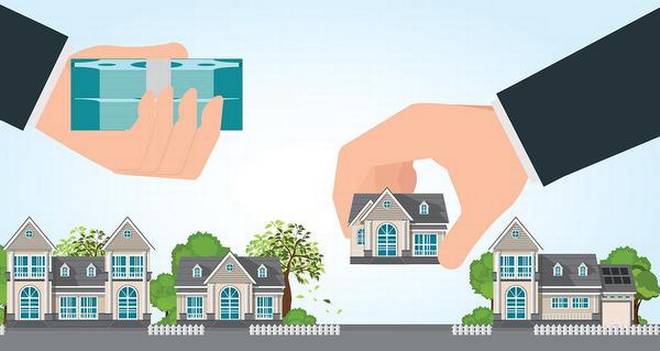1. Update insulation: Adding proper insulation in walls, attics and floors can greatly improve energy efficiency and reduce heating/cooling costs.
2. Install a programmable thermostat: A programmable thermostat helps to reduce energy consumption by allowing you to set specific temperature preferences that automatically adjust throughout the day.
3. Upgrade to energy-efficient windows: Installing high-quality windows with double or triple panes, low-E coatings and other features can help improve energy efficiency while keeping your home comfortable.
4. Replace old HVAC systems: Replacing an old HVAC system with a newer, energy-efficient model can help you save money on heating and cooling costs.
5. Install LED lighting: Switching to LED bulbs is a simple and effective way to reduce energy consumption, as they use less energy and last longer than traditional incandescent bulbs.
6. Seal air leaks: Sealing air leaks in your home can help reduce heating and cooling costs, as well as improve overall indoor air quality.
7. Upgrade appliances: Upgrading to Energy Star-rated appliances such as refrigerators, dishwashers, and laundry machines can greatly reduce energy consumption and lower utility bills.
8. Install solar panels: Installing solar panels is a great way to reduce your carbon footprint and save money on energy costs in the long-term.
9. Upgrade to a tankless water heater: Switching to a tankless water heater can help reduce energy consumption and save money on utility bills.
10. Optimize landscaping: Planting trees or shrubs to provide shade, using drought-resistant plants, and adding a rain garden are all ways to reduce the impact of your landscape on the environment and save water.








